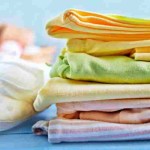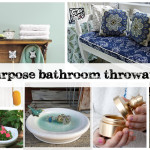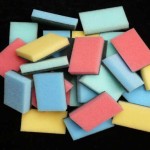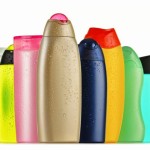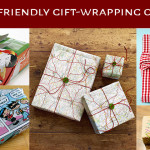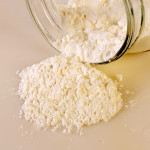Keep toys clean without chemicals

Kids and their toys are inseparable but how often do you end up giving their little companions a scrub? Toys accumulate dust, grime and germs and this ruins the entire hygiene factor we try and maintain with kids. Of course you try and take every care to ensure these toys are disinfected and cleaned and 100% safe. However, most of the cleaning agents you end up using contain toxic harsh chemicals that either leave behind a residue on the toy or are absorbed by the toy and thereafter end up on your kids hands and thereafter in their mouth. Needless to say, this makes natural cleansers almost necessary to have but even there one can’t be 100% sure about the ingredients used.
To make it easier for you, we’ve drawn up a list of kitchen ingredients that can easily replace these toxic chemicals while leaving the toys squeaky clean.
- Distilled White Vinegar for teethers and other plastic toys: This one’s famous for being a disinfectant and its acetic properties are known to kill bacteria. Plus the fact that it is a kitchen ingredient that gets consumed, makes it 100% safe to be used for baby product care too. All you need to do is mix 1 cup of distilled white vinegar to 1 cup water and spray this mixture onto the toy you wish to clean. Once done, either wipe the toy with a clean cloth or let it dry (vinegar evaporates and so does its smell). If you definitely are not ok with the smell, add some lemon peels and rosemary to it. This will definitely do the trick. You could also finish it off with a fresh water rinse, to take away any residual taste of the vinegar prior to handing it over to your child.
- Tea Tree oil for hard plastic toys: This essential oil is known for its disinfectant properties. For cleaning a hard toy, all you need to do is add 5-10 drops of this oil to warm water and either spray onto the toy and wipe it with a clean cloth afterwards or dip the toy in this mixture and clean afterwards. The smell too is quite pleasant and won’t be a bother for your child. A word of caution – when using Tea Tree oil, always ensure it is diluted as undiluted Tea Tree oil can cause skin irritation.
- Baking soda with vinegar for plush toys: The goodness of Baking soda can’t be mentioned enough. Considering the effectiveness of it as a cleaning and a disinfecting agent, it’s a perfect one for cleaning plush toys made with cotton and polyester. Mix a quarter cup warm water or diluted vinegar combined with 4 tbsp. of baking soda. Use this mixture to clean toys by soaking a clean cloth in it. Be careful when using this with battery operated toys. Always be cautious about the electric points being turned off when using it on toys which work with electronic support. You could also put the plush toys for a machine wash post this and tumble dry them on low (try and opt for natural detergents). Leave to dry.
- A dry Baking soda bath for plush toys: Alternatively, you could sprinkle plush toys with baking soda. When doing this, try and put the toy in a paper bag and then sprinkle it with baking soda. Seal and the top and give it a good shake to ensure the Baking Soda covers the entire toy. Wipe off with a damp cloth/ dust off.
- Lemon juice and some sun: This one’s more for those white teddies or other white plush toys. You can either leave them in the sun directly for the stains to vanish or if the stains are tough, opt for some natural bleaching with lemon juice. Simply squirt the juice of a lemon onto the stain and then leave it to dry directly in sunlight.
- Vodka and water for plastic toys: Vodka is well known for its use as a cleaning agent and natural disinfectant as it contains distilled ethyl which kills germs instantly. Do read our post on it for more information on how to use it effectively here. Use it to clean plastic toys by diluting it in water and spraying it onto plastic toys and wiping it clean post.
- Sterilizing – the good old method: Alternatively, you could also try the boiling method of sterilizing toys. Do exercise caution though in this method, to ensure the toys are hard plastics, silicones and teethers and also once done, please do review the toy carefully for any probable damage, prior to handing it over to your child.
We hope you find these hacks useful and if you do know of any others, please do share.


